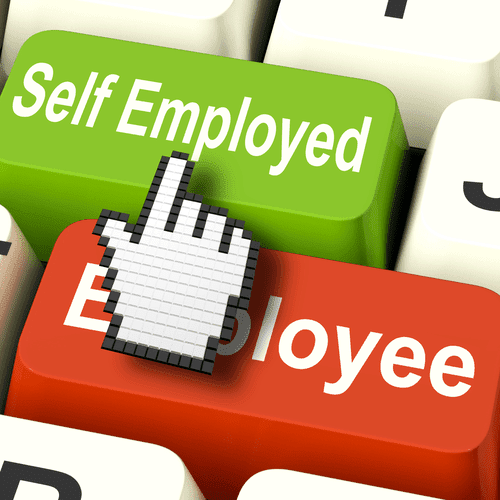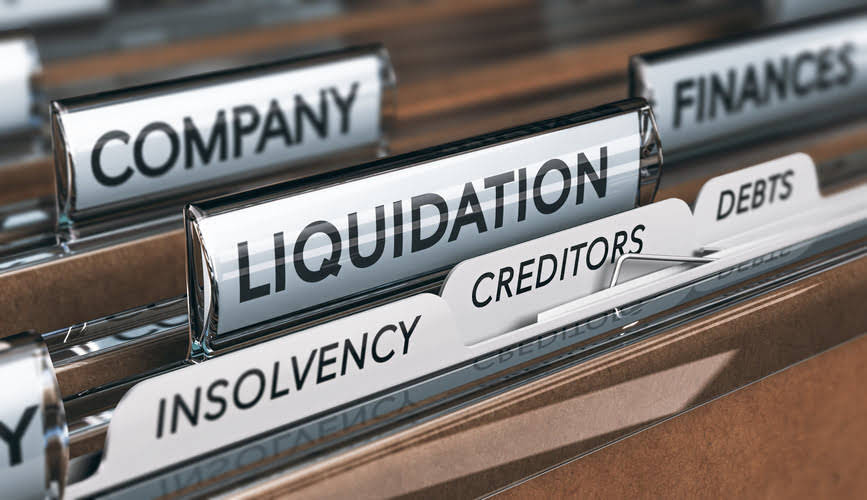Regardless, all period costs, whether fixed or semi-variable, are considered expenses and will be reported on your income statement. Classification of cost into periods and products is generally for financial accounting purposes. A proper determination of revenues and expenses must be based on a well-defined distinction between Period cost and Product cost. For example, reducing monthly rent expenses by $1,000 would increase net income by $12,000 per year. Careful monitoring of period costs is key for businesses to control operating budgets. These costs are expensed immediately on the income statement rather than being included in the costs of goods sold.
Examples include selling, general and administrative (SG&A) expenses, marketing expenses, CEO salary, and rent expense relating to a corporate office. The costs are not related to the production of inventory and are therefore expensed in the period incurred. In short, all costs that are not involved in the production of a product (product costs) are period costs. Examples of product costs are direct materials, direct labor, and allocated factory overhead.
This freight cost reflects a selling/distribution expense rather than a production expense. A period cost is any cost consumed during a reporting period that has not been capitalized into inventory, fixed assets, or prepaid expenses. He has a CPA license in the Philippines and a BS in Accountancy graduate at Silliman University. The one similarity among the period costs listed above is that these costs are incurred whether production has been halted, whether it’s doubled, or whether it’s running at normal speed. If that reporting period is over a fiscal quarter, then the period cost would also be three months. If the accounting period were instead a year, the period cost would encompass 12 months.
- Knowing the cost of a product is necessary to ensure its price is correct, or the company should increase or decrease production or even discontinue the product altogether.
- However, when it is used for manufacturing equipment, it becomes a portion of the product cost.
- Period costs and product costs are important concepts in managerial accounting that help businesses track their expenses.
- Most of the components of a manufactured item will be raw materials that, when received, are recorded as inventory on the balance sheet.
TranZact gives Indian SME Manufacturers the resources, analysis, and business intelligence reports they need to succeed in the market. Therefore, helping in making wise decisions and taking charge of your costs for a more profitable business is very important. Careful analysis of cost behavior is key to proper accounting classification and supporting smart management of margins and profits. Product costs (also known as inventoriable costs) are costs assigned to products.
Is Depreciation a Period Cost? Understanding Fixed Expenses
Direct costs like materials and direct labor can be easily traced to individual units of output. For example, the wood and fabric that goes into a chair, or the wages of the worker assembling it. As a general rule, costs are recognized as expenses on the income statement in the period that the benefit was derived from the cost. So if you pay for two years of liability insurance, it wouldn’t be good to claim all of that expense in the period the bill was paid.
- It’s important to distinguish between product vs period costs because the former must be deducted when a good or service is sold, whereas the latter is deducted in the period it is incurred.
- Below is a simple flowchart we designed that summarizes how to distinguish period costs vs product costs.
- Freight costs can be categorized as either a product cost or a period cost, depending on the context.
- Only when inventory is sold are these costs transferred to the income statement as COGS.
- They are allocated using cost drivers like machine hours, square footage, labor hours, etc.
From the above description, we can conclude that the cost due to the manufacturing unit is product cost, and the cost other than product cost is a period cost. Period cost is not in a straight line with the production of the end product. This period cost is not assigned to the products and is recorded on the income statement for the period they incurred. Product cost methods help company management price the end product to cover the production cost and profit from it. Cost segregation helps the company analyze the data in detail, which helps them make internal decision.
Direct labor that is tied to production can be considered a product cost. However, other labor, such as secretarial or janitorial staff, would instead be period costs. Both product costs and period costs may be either fixed or variable in nature. Company management needs to know the total costs to price goods high enough to cover these costs and still make a normal profit.
Create a free account to unlock this Template
This information can be used to make decisions about where to allocate resources and how to improve efficiency. To quickly identify if a cost is a period cost or product cost, ask the question, “Is the cost directly or indirectly related to the production of products? Product and period costs are incurred in the production and selling of a product. Period costs are the costs that your business incurs that are not directly related to production levels.
Difference Between Period Cost vs Product Cost
Product costs are also often termed as inventoriable costs and manufacturing costs. Product costs are all the costs that are related to producing a good or service. These items are directly traceable or assignable to the product being manufactured.
Difference Between Product Costs and Period Costs FAQs
Both product cost and period cost may be either variable or fixed in nature. Careful analysis of period versus product costs, combined with targeted strategies to control overhead and optimize production, can yield significant cost savings and competitive advantage. Overhead covers indirect production costs like electricity, equipment maintenance, factory supervision, insurance, and more. Overhead cannot be directly linked to individual units and is allocated based on an appropriate cost driver. Freight would be considered a period cost if it is paid to ship the finished product to customers.
The difference between product costs and period costs
Management can identify cost overrun areas by periodically analyzing both product costs and period costs. This can eventually help the entity take corrective action to lower costs and improve profitability. All costs that are not included in product costs are referred to as period costs; costs throughout a certain manufacturing period that are not directly related to the production process. Product costs are frequently considered inventory and are known as “inventoriable costs” since they are used to calculate the inventory’s value. The product costs are included in the costs of goods sold, which are listed in the income statement when products are sold. Period costs are sometimes broken out into additional subcategories for selling activities and administrative activities.
Tracking product costs accurately impacts inventory valuation and COGS. For example, understating product costs decreases COGS and increases net income. Properly categorizing period vs product costs gives businesses clearer visibility into production efficiency and profitability. While direct costs are conveniently traceable per unit, indirect costs require effort to appropriately allocate across departments, processes, and products.
As shown in the income statement above, salaries and benefits, rent and overhead, depreciation and amortization, and interest are all period costs that are expensed in the period incurred. On the other hand, costs of goods sold related to product costs are expensed on the income statement when the inventory is sold. Both product costs and period costs directly affect your balance sheet and income tax calculator and refund estimator 2020 statement, but they are handled in different ways. Product costs are always considered variable costs, as they rise and fall according to production levels. In summary, period costs like rent and advertising are expensed immediately each accounting period on the income statement. Product costs like materials are included in inventory valuation through cost of goods sold when production occurs.











